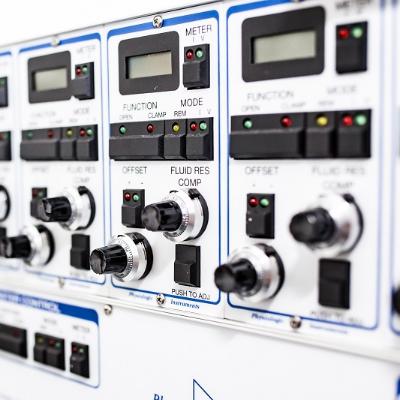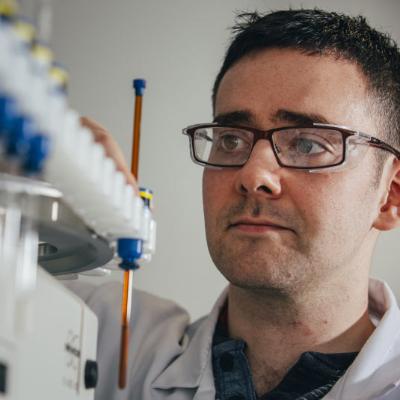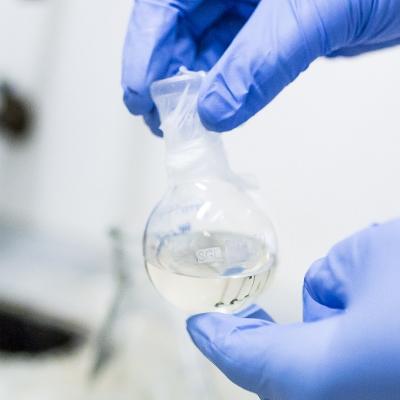Pharmacy Labs
Nanotechnology Research Laboratories
The School of Pharmacy is home to a group of laboratories dedicated to research into nanotechnology and the development of nanomedicinal formulations and products. These laboratories encompass facilitates for the generation of new nanoparticle systems under aseptic conditions; a full suite of facilities for physiochemical characterisation and ability to assess their pharmacological effects in a full suite of microbiological and cell assays.
Medical Engineering Lab
The lab is devoted to progressing research in the manufacture of thermoplastic and thermosetting sustained and controlled release drug delivery devices using injection moulding, hot melt extrusion and additive manufacturing techniques. Projects have been strongly focussed on the development of new dosage forms, particularly in the area of vaginal drug delivery to address global health challenges and in working with industry to bring laboratory-based research to the initial stages of clinical manufacturing. The reduced scale but industrially relevant capabilities of the equipment in this lab permit rapid technology transfer of new dosage form designs to pharmaceutical company partners or Contract Manufacturing Organisations (CMOs) at accelerated timescales.
Microneedle Research Team
The Donnelly research team focuses their efforts on the design and physicochemical characterisation of advanced polymeric drug delivery systems for transdermal and topical drug delivery, with a strong emphasis on improving therapeutic outcomes for patients. This research places heavy emphasis on novel polymeric microneedle arrays for transdermal administration of "difficult-to-deliver" drugs and intradermal delivery of biotherapeutics, vaccines and photosensitisers. The work of the team is funded by grants from BBSRC, EPSRC, MRC, The Wellcome Trust, The Royal Society and the pharmaceutical and medical devices industries. An example of one innovative technology utilised by the team is Optical Coherence Tomography (OCT), a non-invasive imaging tool which uses light waves to take cross-section pictures of skin, thus allowing images of microneedle insertion into the skin to be captured in real time.




